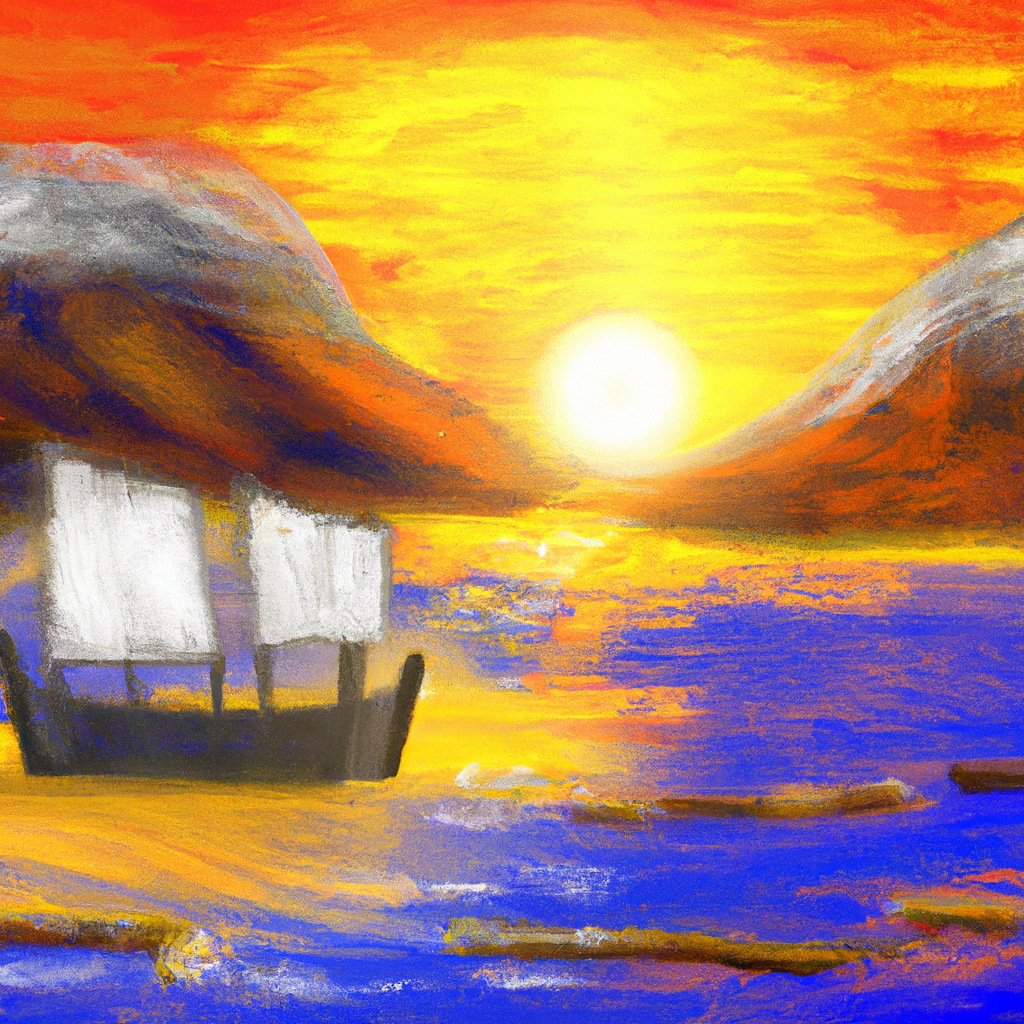Nautical tourism, a form of tourism that combines a passion for the sea and sailing with the adventure of exploring new destinations, has captured the imagination of travelers around the world. This type of trip offers a unique and unforgettable perspective on the natural beauty and cultural diversity of our planet. From the tranquility of sailing through crystal-clear waters to the excitement of discovering exotic coastal destinations, nautical tourism offers a variety of experiences that satisfy the most diverse tastes and preferences. In this article, we will explore the fascinating world of nautical tourism, discover some of the most popular destinations for these adventures and analyze the benefits and challenges that this form of tourism can present. Whether you're a seasoned nautical travel enthusiast or simply interested in trying something new, we invite you to immerse yourself in this exciting read.
- 1. “Exploring the World of Nautical Tourism: What Do You Need to Know?”
- 2. “Popular Destinations for a Nautical Travel Adventure”
- 3. “Benefits and Challenges of Nautical Tourism: A Deep Vision”.
1. “Exploring the World of Nautical Tourism: What Do You Need to Know?”
Nautical tourism is a form of travel that combines the love of sailing and the sea with the pleasure of discovering new destinations. To explore this world, you need to understand several key aspects. For example, this type of tourism involves activities such as boating, sport fishing, diving, surfing and other water activities. It is also important to consider the type of boat that best suits your needs and abilities: yachts, sailboats, motor boats or even cruise ships. In addition, safety is paramount in nautical tourism, so it is essential to have basic navigation and first aid knowledge, as well as be aware of local maritime regulations. Finally, choosing the right destination based on your interests and the weather can make a big difference in your nautical travel experience.
2. “Popular Destinations for a Nautical Travel Adventure”
Among the most popular destinations for a nautical travel adventure are the Greek Islands, where you can explore beautiful volcanic islands and enjoy warm Greek hospitality. The Caribbean, with its tropical climate and crystal clear waters, is another highly sought after destination, ideal for diving and snorkeling. The Norwegian fjords offer spectacular scenery for a nautical adventure, with rugged mountains rising from the water and impressive waterfalls. On the other hand, the south of France and the Italian Riviera are famous for their glamorous nautical tourism, with luxury yachts and exclusive beach clubs. Finally, for those looking for a truly unique experience, Antarctica offers the opportunity to sail among massive icebergs and observe polar wildlife up close.
3. “Benefits and Challenges of Nautical Tourism: A Deep Vision”.
Nautical tourism, which includes activities such as sailing, diving and surfing, offers a number of benefits to both tourists and host communities. Tourists have the opportunity to explore unique underwater landscapes, experience new cultures and enjoy a variety of water sports. For host communities, nautical tourism can boost local economic development, create jobs and fund conservation of the marine environment. However, it also presents significant challenges. Increased tourism can lead to environmental degradation, such as water pollution and destruction of marine ecosystems, if not managed sustainably. Additionally, the infrastructure necessary to support nautical tourism, such as marinas, can be expensive to build and maintain. Finally, there may be conflicts between tourists and local communities over access and use of marine resources. Therefore, it is crucial that sustainable tourism practices are implemented to maximize the benefits of nautical tourism and minimize its challenges and negative impacts.

